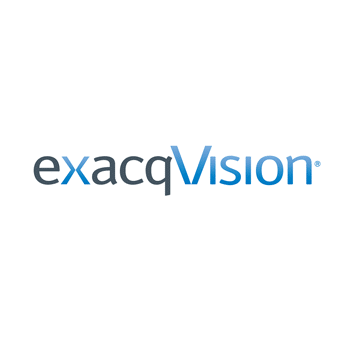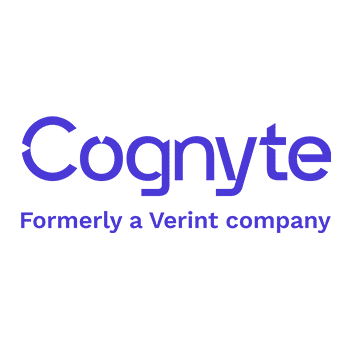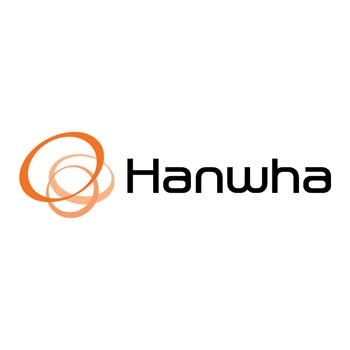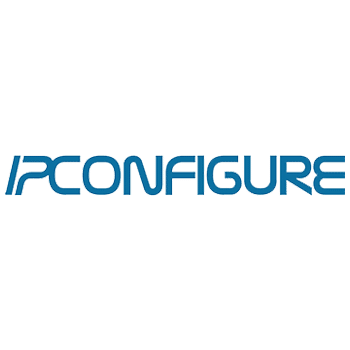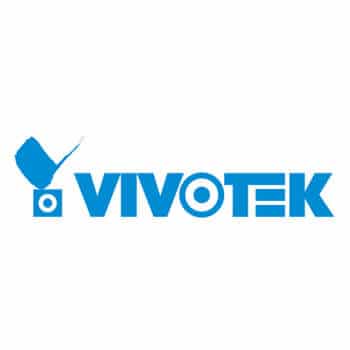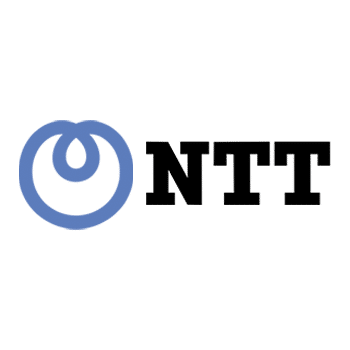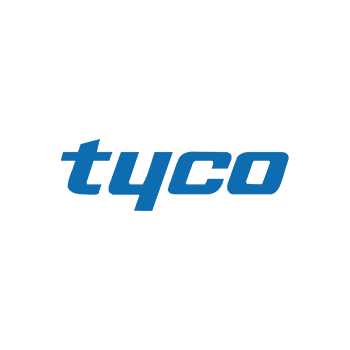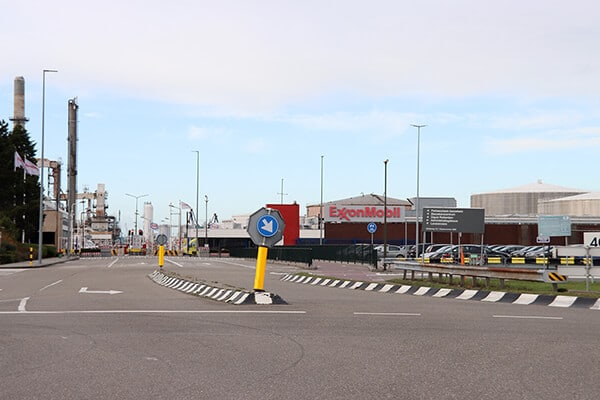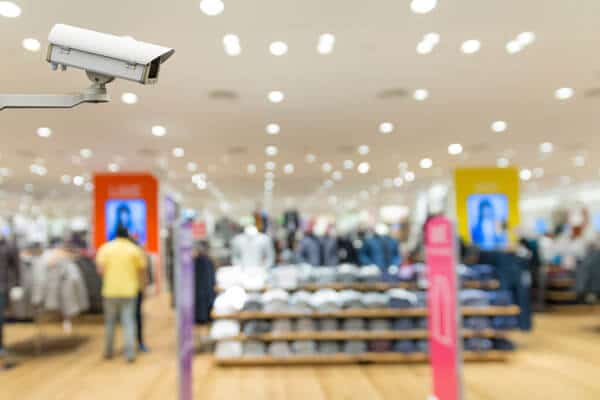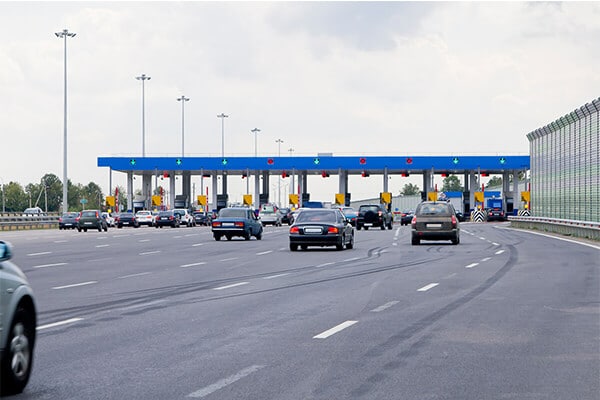Testimonials
More than Just Automatic License Plate Recognition (ALPR)
A Source of Full Vehicle Intelligence.
According to the Bureau of Transportation Statistics, 2019 saw more than 275 million registered vehicles traveling U.S. highways and byways. And when they arrive in your community or at your property, PlateSmart’s AI-driven vehicle recognition solutions can give you actionable intelligence about them.
Yes, you will get the license plate alphanumeric data and state jurisdiction as well as the vehicle make and color. But that’s just the tip of the iceberg:
Let our best-in-class vehicle information drive your business solution for better customer satisfaction and ROI.
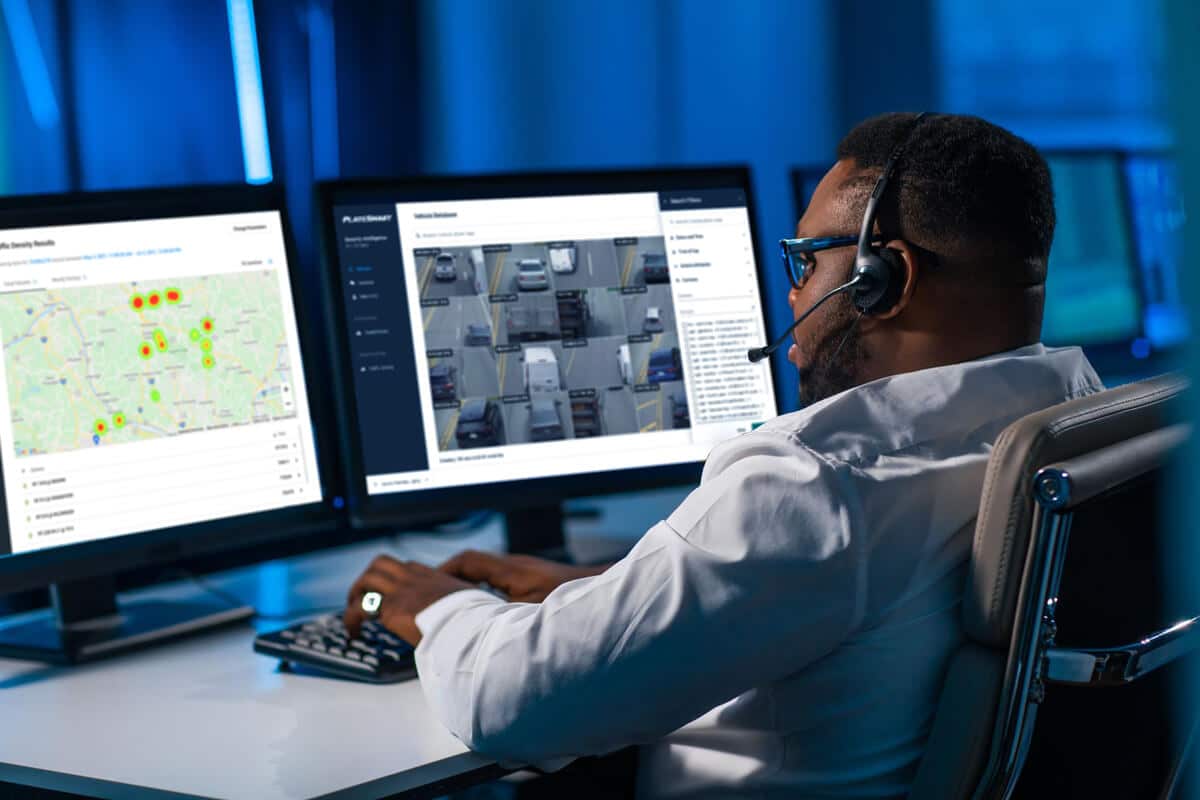
Serving a Broad Spectrum of Applications
Serving a Broad Spectrum of Applications
ALPR Case Studies
These ALPR case studies, or as we like to call them, success stories,
demonstrate how ARES software delivers concrete results.
We Partner with the Biggest Security Brands in the Business
From video management system (VMS) providers to camera manufacturers to system integrators, PlateSmart works with the most prominent brands in security. You can count on PlateSmart ALPR and vehicle recognition software to seamlessly integrate with virtually any components of your existing security infrastructure.

